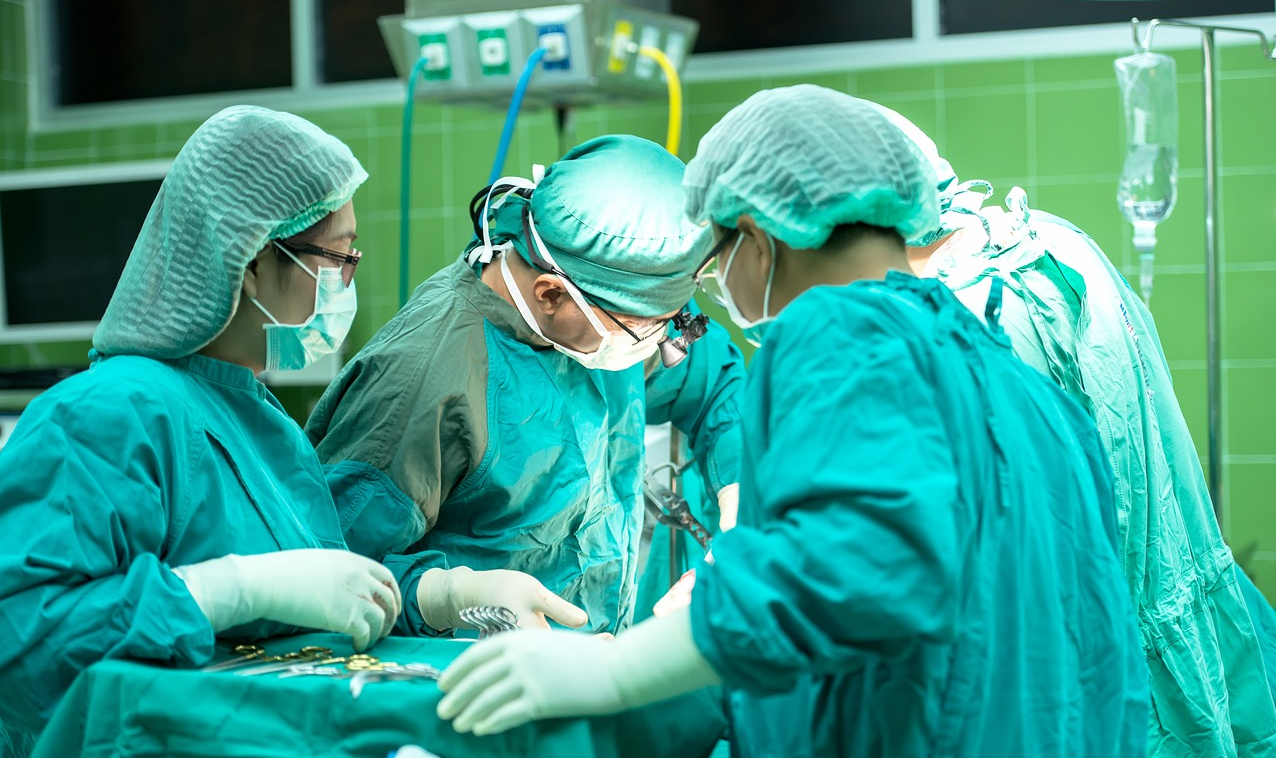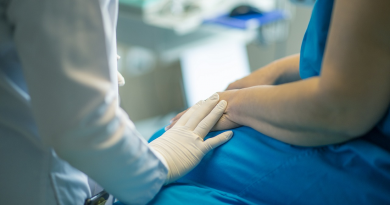Innovations improve donor organ availability for lung transplantation
When I arrived at Baylor St. Luke’s Medical Center a little over four months ago, there were 35 patients waiting for a lung transplant. All of those recipients have been transplanted thanks to the expertise and experience of our pulmonologists, coordinators and perioperative care providers that help maximize every precious offer.
According to the U.S. Department of Health and Human Services, every 10 minutes a person is added to an organ transplant waiting list. However, approximately eight out of every 10 donor organs are turned down for lung transplantation.
Why is that?
While the number of rejections is cause for concern, there are new technologies that aim to improve screening procedures and reduce the number of patients waiting to receive a transplant.
Lung transplantation factors
For each lung donation, there are considerations related to travel, age, size, and immune match, as well as concerns about time on the ventilator, lung function and risks of infection. Add to that the fact that the lung is the most susceptible to collateral damage from brain death and resuscitation of the donor.
Lungs are also the most susceptible to injury from trauma. When a donor dies, it’s easy for even microscopic amounts of gastric content to aspirate into the lung. For this and other reasons, lungs tend to be turned down for transplant at a high rate.
In addition, we are limited in our ability to gather donor information over the phone. We rely on the best available data that is shared from the outside hospital but often times, until we actually see the organ, we can’t make a decision.
Implications for those on transplant list
The inception of the Lung Allocation Score has allowed patients who are sicker on the list to be prioritized.
While these patients get an organ quicker, they are still very ill and have a higher likelihood of dying. In addition, those who are not as sick wait for very long periods of time on the list until an organ becomes available. The net effect is that lots of potential donors are being turned down even while there is a huge need for organs on the list.
Finding “diamonds in the rough” is a job for most high-performing lung transplant centers. We must take the time and energy to look through every offer carefully, considering all of the positives and negatives.
At Baylor St. Luke’s, our pulmonary staff and surgeons review close to 100 donor offers monthly. Of the offers that are turned down by us, less than 10 percent are used elsewhere.
We put every offer through a 20-point checklist examining every pro and con of the offer in detail. We review all of the imaging of the donor so we have the best sense of whether or not this is an organ that should be evaluated at the donor hospital.
Improved screening procedures
If there is more effective use of donor organs, then the waitlist time is shorter. There are several innovations that aim to improve donor organ availability, including:
- Donation after cardiac death (DCD): This is a specialized type of procurement where the recipient may not yet be brain dead, but the family has authorized donation when it is nearly 100 percent likely that further care for the patient is futile. In this scenario, life support is withdrawn. If the patient expires within a reasonable time frame (usually one hour) then the donor procurement team can proceed to offer the organs for transplant. Less than one percent of lung transplants in the United States use DCD. Baylor St. Luke’s has the most experience with the use of DCD organs in the region.
- Ex-Vivo lung perfusion: This technology allows more organs to be investigated as it brings them directly to the surgeon for final evaluation prior to transplant. The breathing lung platform keeps the lungs breathing and flowing with blood so they are never deprived of nutrients during transportation. Lungs that may have otherwise been turned down for transplant now have a second chance.
- Donor screening program: Baylor St. Luke’s is piloting a donor screening program, which allows a donor offer to be first vetted by an on-call coordinator with substantial experience screening donor offers. This allows the offer to undergo a rigorous review before it’s presented to the physician. This decreases the likelihood of turning down an organ without a very good reason.
Read more about the Heart and Lung Transplant Center at Baylor.
-By Dr. Gabriel Loor, surgical director, Lung Transplant Program at Baylor St. Luke’s Medical Center



